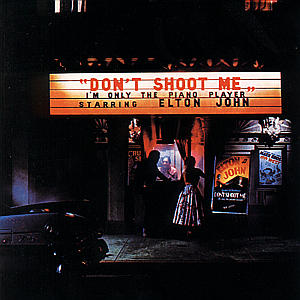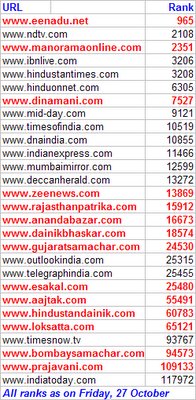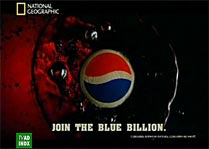Every time the Government of India suggests that TV channels get their act together and self regulate content or face some kind of censorship, there are howls of protest from the protectors of the freedom of the press – and from the management of TV channels.
And often, these protests are hollow.
While the English movie channels are in discussion with the censorship board to find a way out of the adult content imbroglio, a lot of the players forget the past.
STAR, for example, forgets that for the first few years of their existence, all content had to conform to the rules defined by the
Television Entertainment Licensing Authority of Hong Kong, and that they had an internal
Standards and Practices (S&P) department which cleared every single commercial that went on air.
S&P checked commercials for a number of issues, including, for example, claims. I remember the Ponds Age Defying Complex ad was rejected for making claims that could not be verified by an independent agency, and the commercial went on air with a super with some clarifications.
Ads were rejected for being unsuitable for certain time bands, too. For example, you could not advertise alcohol, innerwear (those days we called them underwear) and condoms till 9.00 PM.
And the fear of TELA ensured that STAR conformed. It was self regulation: TELA did not require you to check with them before airing any content; they monitored the channels and you got more than rapped on the knuckles if you stepped out of line. You could lose your license to uplink.
When Sony launched, they all but photocopied STAR’s S&P book – and the S&P department at Sony was all-powerful.
Today, I don’t know if either STAR or Sony has an S&P department at all.
And today, when all the channels want self-regulation, the first thing they need to demonstrate is that they are committed to self-regulation.
That’s why there is more than a degree of concern when SET MAX airs condom ads all through their telecast of the Champion’s Trophy.
Sony’s stated objective when they got into the business of airing live cricket was to broad base the viewership. Innovations such as Extraa Innings were meant to make the game more inclusive, to get families to watch the telecast rather than just adult males.
And you air condom ads all through the game?
Perhaps, before they win the freedom to air adult content without Government supervision and interference the channels need to demonstrate that they are indeed adults.
Or face the prospect of being treated like children.
And be told what they can do and what they cannot.














